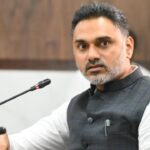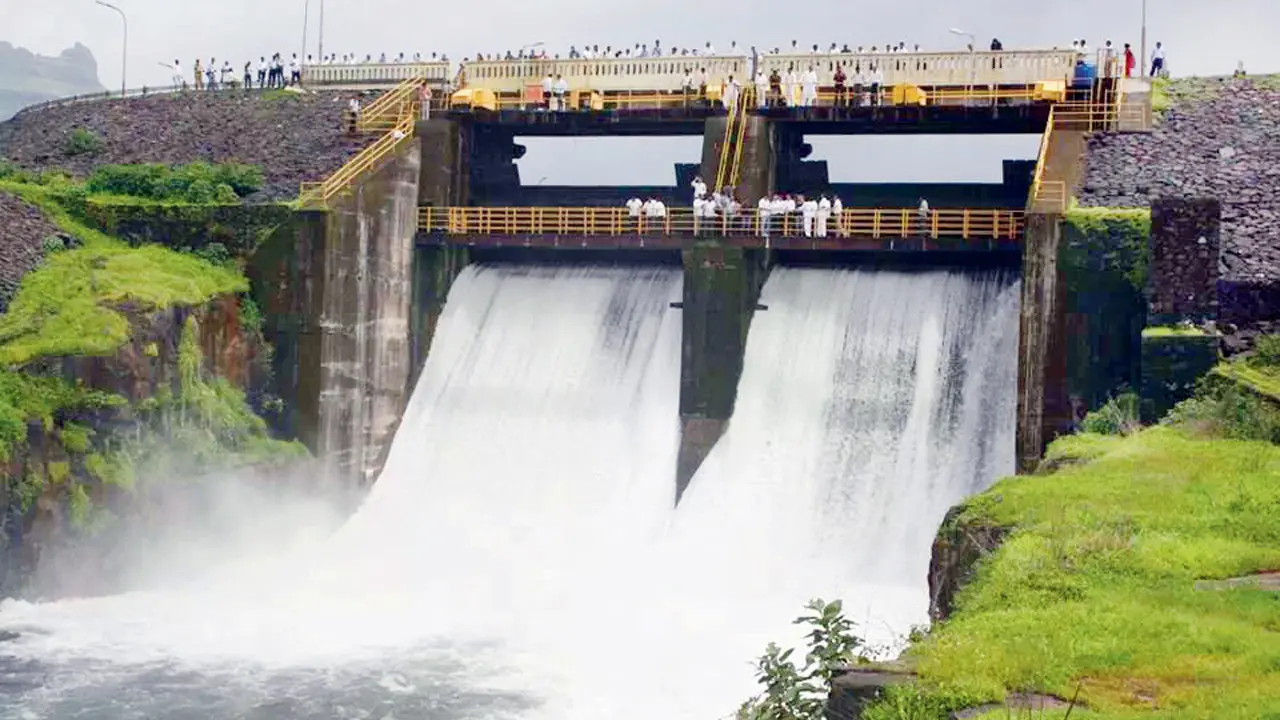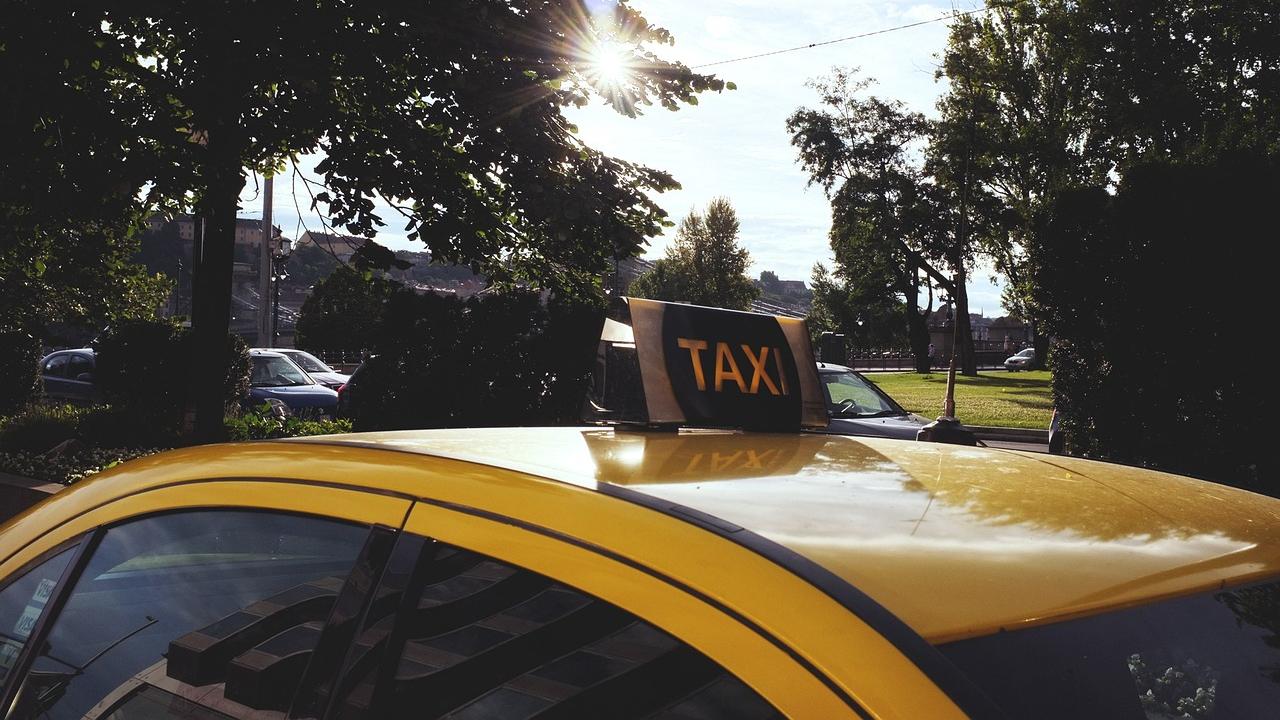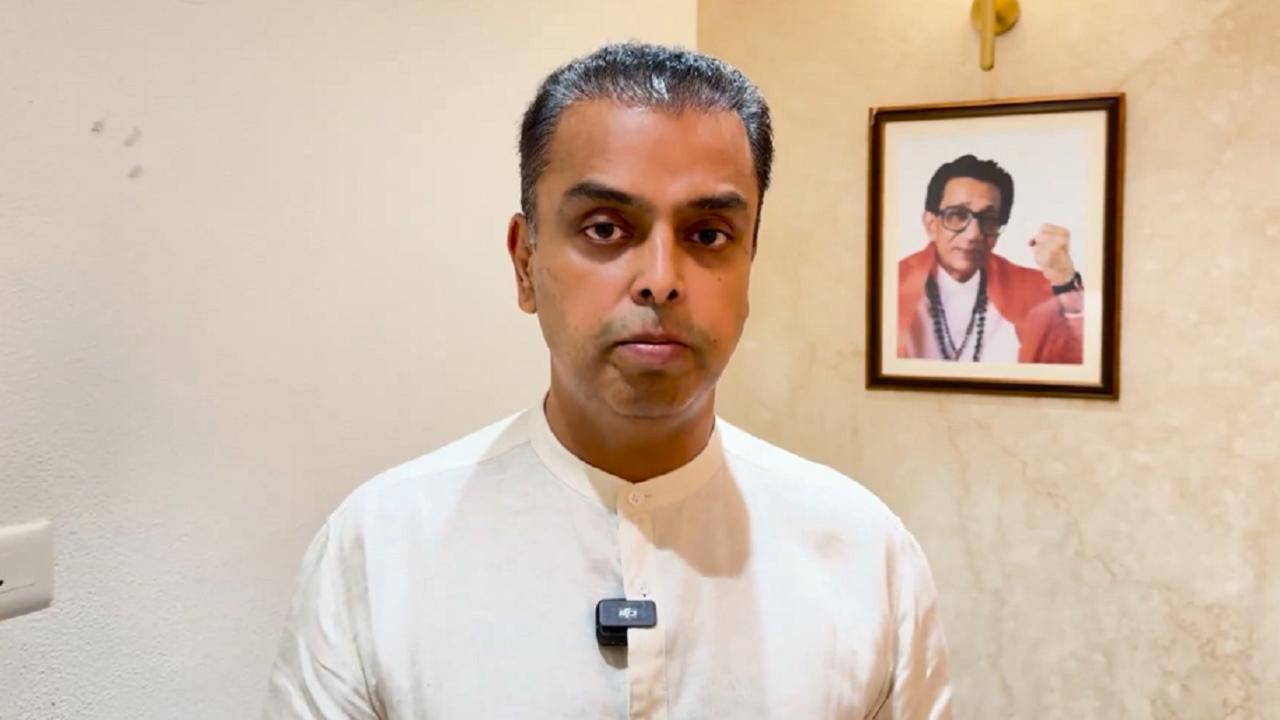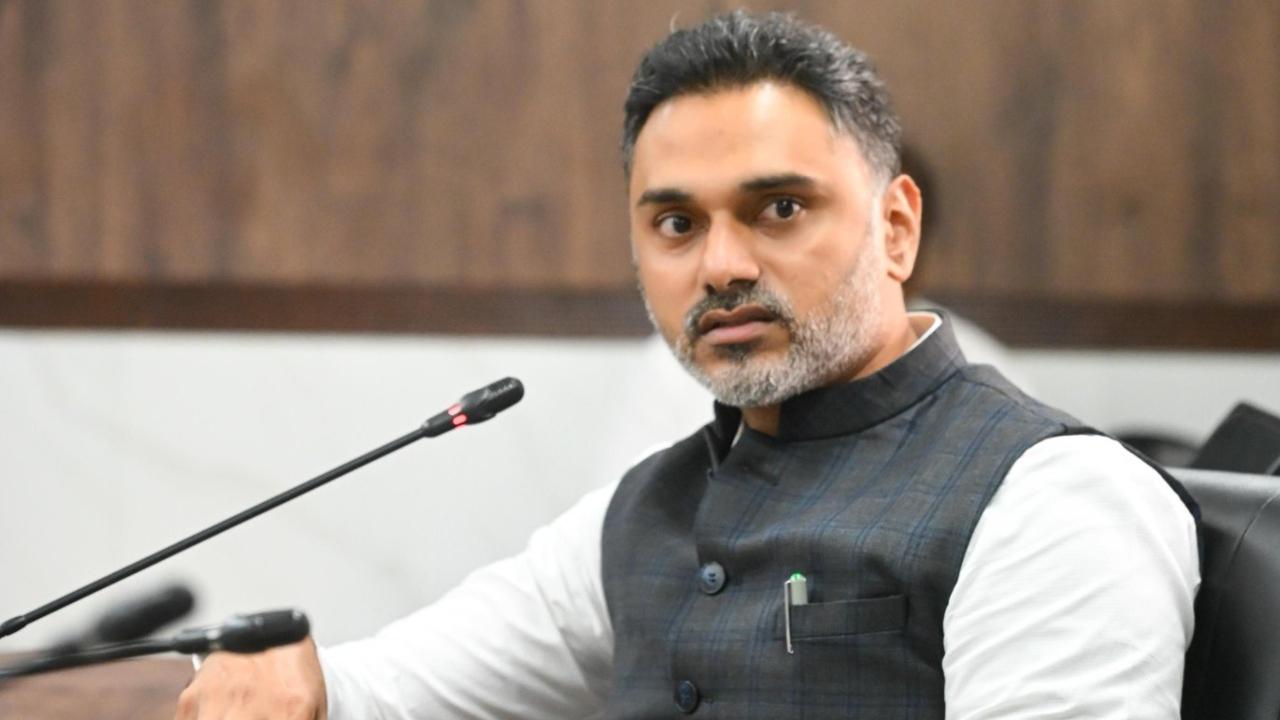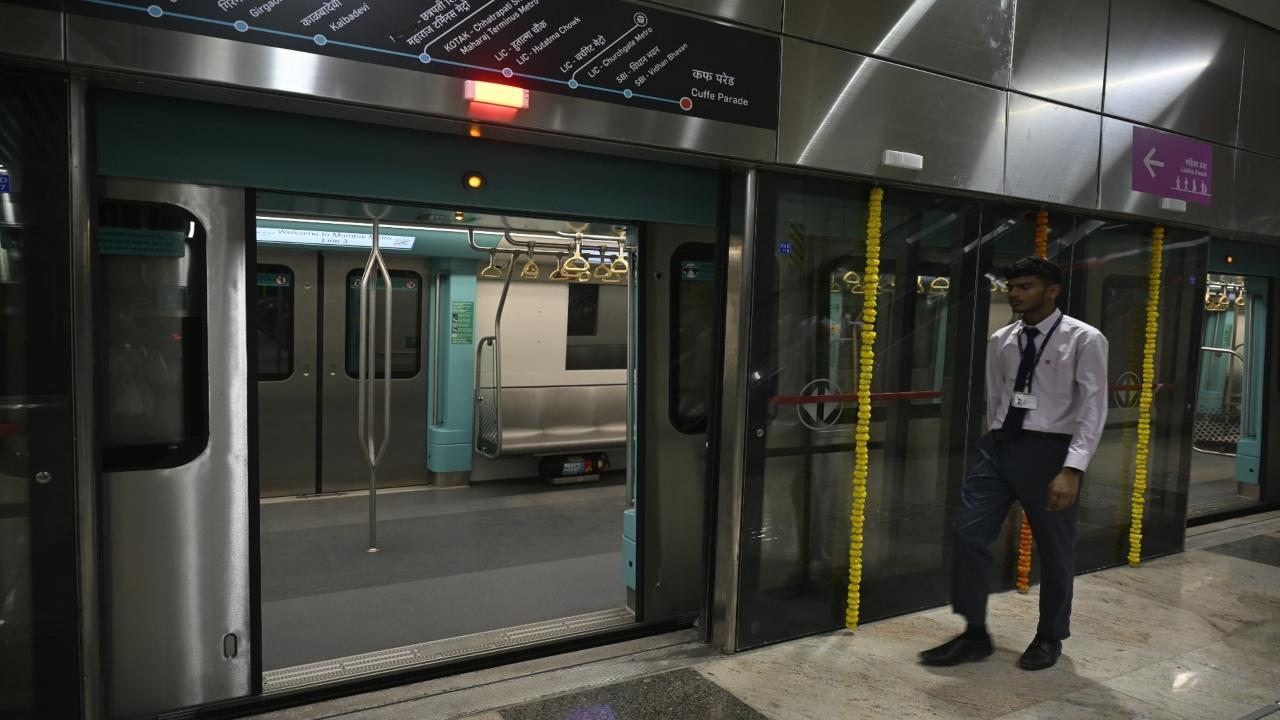The Morbe Dam, Navi Mumbai’s primary drinking water source, has reached full capacity for the third consecutive year, bringing relief to the city. The annual ‘jalpujan’ was held by the Navi Mumbai Municipal Corporation (NMMC) on Monday to celebrate the milestone. This year, the dam achieved its designated water level of 88.16 metres (100.80 per cent storage) by the last week of August. In 2024, however, the same mark was reached much earlier in the first week of August.
As per NMMC records, rainfall at the Morbe Dam catchment measured 3409.40 mm, while Navi Mumbai itself received 2698.83 mm between June 1 and September 6. Officials said the levels are sufficient to secure the city’s water requirements until next monsoon. But amid the rituals and relief, the spotlight quickly shifted to the quality of water.
Officials said levels are sufficient for city’s water needs until next monsoon. PICS/BY SPECIAL ARRANGEMENT
Forest Minister Ganesh Naik, who was present at the ceremony, pulled up civic and dam officials over encroachments in the catchment area. He alleged that bungalows and human settlements inside the protected zone are discharging untreated sewage into the reservoir, polluting Navi Mumbai’s drinking water.
Naik, while warning the NMMC and Dam officials, said, “You should feel ashamed to call this clean water. Last year, I also raised the issue, and you only issued notices. If laws are not followed, you will face cases. Don’t lie to citizens by calling this pure water. People living inside the catchment are letting their sewage flow into the reservoir. As a resident of this city, even I feel ashamed.”
Naik also warned officials that he would not hesitate to take legal action. Responding to the concerns, NMMC Commissioner Kailas Shinde said, “Water quality is our top priority. We are aware of the issues raised and have already directed strict action against illegal structures and sewage inflow points. Notices were served earlier, and now stronger measures are being taken to ensure Morbe water remains safe for public supply.”






